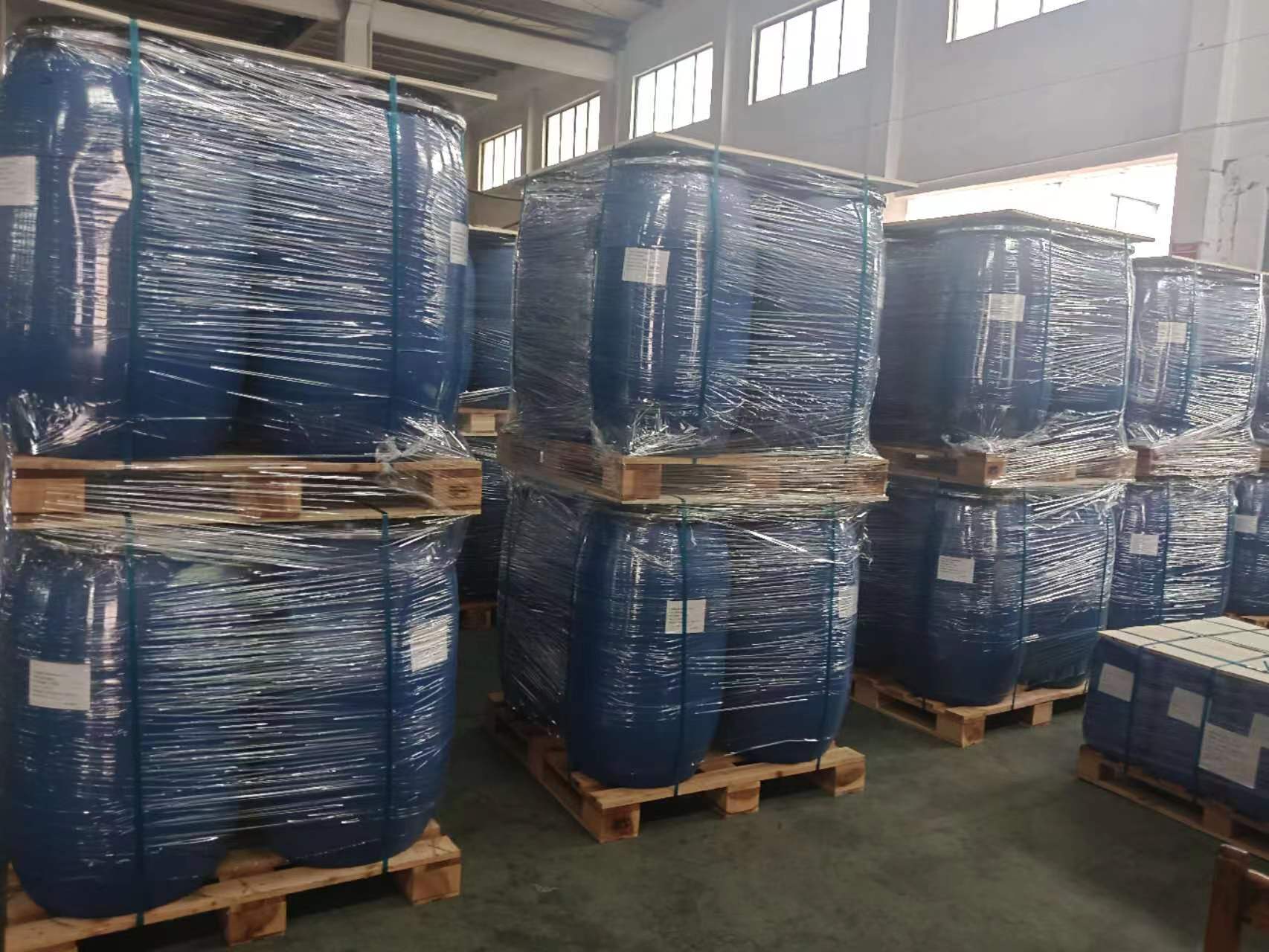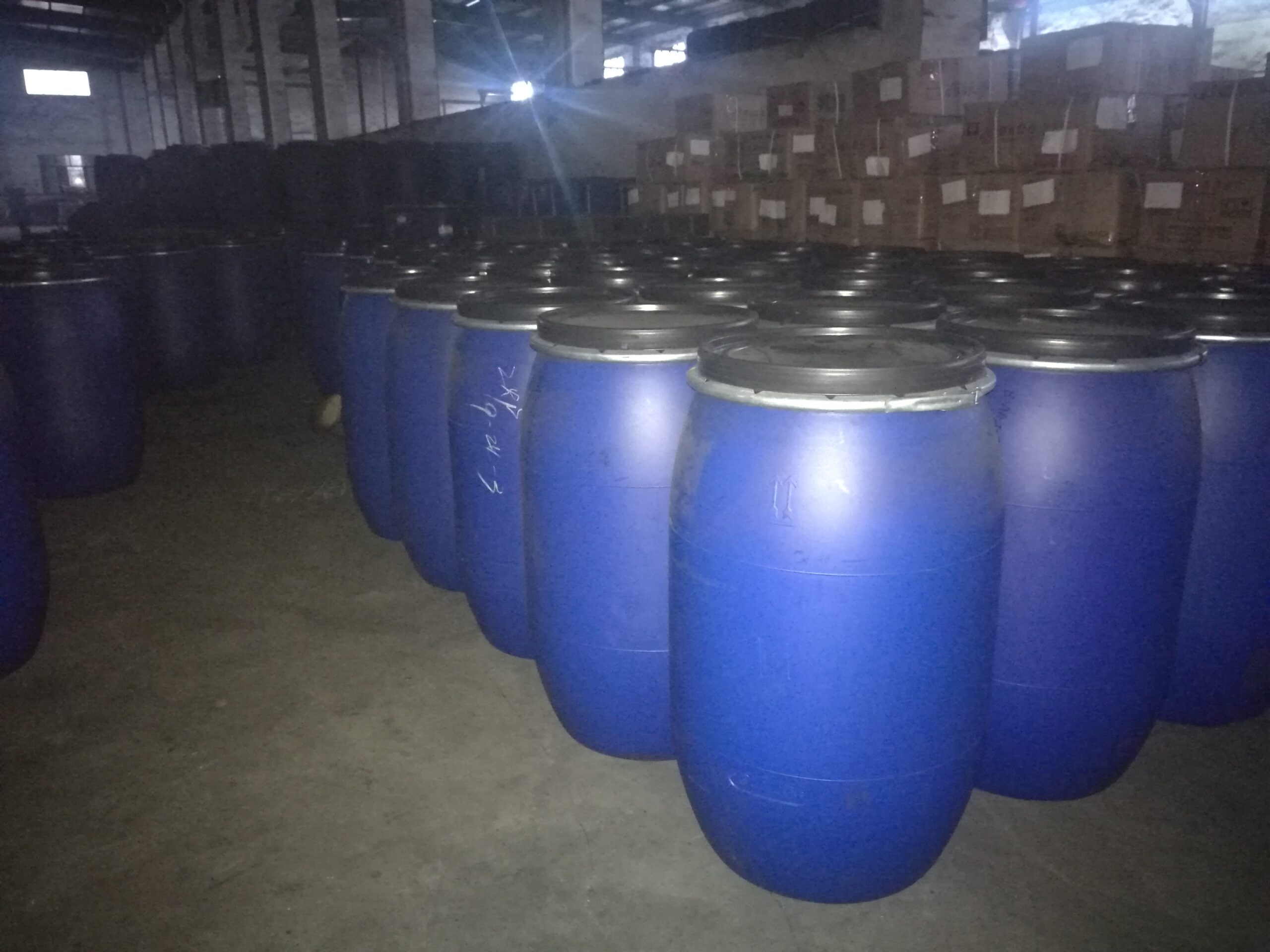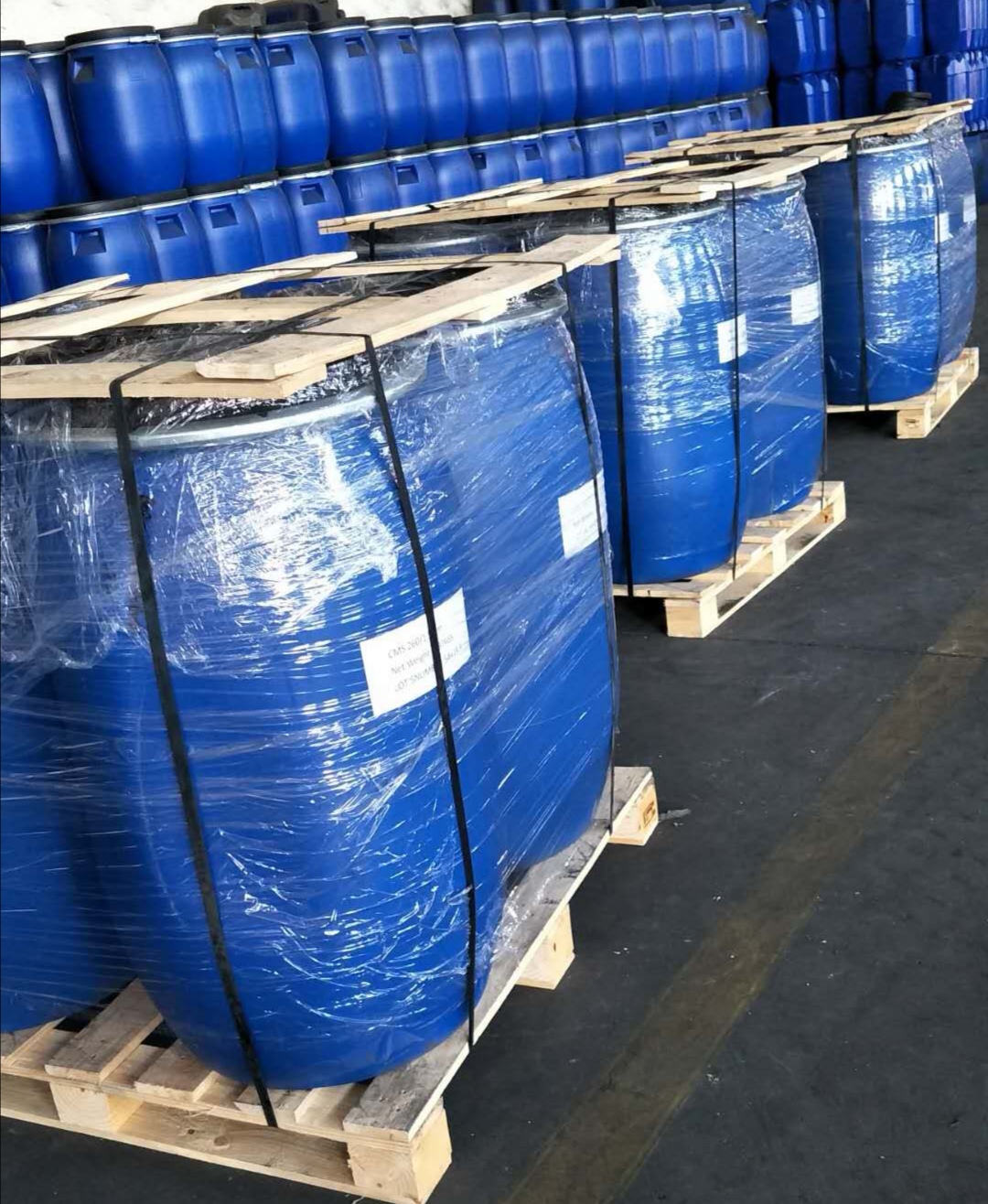The market for molecular sieve adsorbents is growing steadily, and there is a large market potential in emerging fields.
The A-type and X-type molecular sieves are common types of molecular sieve adsorbents, mainly including five types: 3A, 4A, 5A, 10X, and 13X. The basic structural unit of molecular sieves is the silicon-oxygen tetrahedron and aluminum-oxygen tetrahedron. The silicon (aluminum) tetrahedrons are connected by oxygen bridges to form rings, and the rings are connected by oxygen bridges to form three-dimensional space polyhedrons (cages). The cages are connected by oxygen bridges to form molecular sieves. The three-dimensional silicon (aluminum) oxygen framework structure has a large number of pores (crystal cavities, crystal pores, channels), which can accommodate metal cations and water molecules. The A-type molecular sieve is composed of the LTA-type framework structure, and the main crystal pore is an octahedral ring structure. The X-type molecular sieve is composed of the FAU-type framework structure, and the main crystal pore is a dodecahedral ring structure. Each type of molecular sieve has its specific properties and applications, and all retain the polarity preference for adsorbing water, suitable for industries such as chemical engineering, electronics, petrochemicals, and natural gas. Different pore diameters determine what molecules it can adsorb.
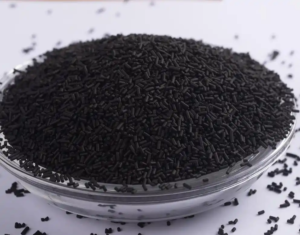
The global molecular sieve adsorbent market is mainly occupied by foreign enterprises, while the market share of domestic enterprises will steadily increase. The major molecular sieve adsorbent manufacturers abroad include UOP, Arkema, Tokai, Grace, ZEO Chemical, etc. In 2018, the global CR5 (the top 5 companies) accounted for more than 60%. Most of the domestic participants in the molecular sieve adsorbent market are private enterprises with relatively small scales. In recent years, the global market share of molecular sieve adsorbents of domestic enterprises will continue to increase. The global consumption of molecular sieve adsorbents in 2018 was 33.5 thousand tons, and it is expected to reach 43.7 thousand tons in 2023, with an average annual compound growth rate of 5.01%. The downstream applications mainly include oil refining, air separation, petrochemicals, refrigerants, natural gas, etc. Among them, oil refining accounts for 29% of the main application fields of molecular sieve adsorbents. The second is the air separation field, accounting for 17%. In 2021, the traditional market size of global molecular sieve adsorbents was approximately 1.26 billion US dollars, and it is expected to reach 1.71 billion US dollars in 2028, with an average annual compound growth rate of 4.5% (Source: Future Think Tank)
Molecular sieves are indispensable basic consumables for air separation equipment, and their quality is crucial for the safety operation and production efficiency of the equipment. Industrial gases such as oxygen are like the “blood of industry”, and the essence of industrial gas production is to separate and purify target gases such as oxygen, nitrogen, and hydrogen. The core of this process is the gas separation equipment and molecular sieves as adsorbents. There are two main ways of industrial oxygen production: deep cold air separation and pressure swing adsorption. Molecular sieves are indispensable basic consumables in this process, and their quality is crucial for the safe operation and production efficiency of the air separation equipment.
(1) Deep cold air separation molecular sieve purification system: In deep cold air separation equipment, the role of the molecular sieve purification system is to remove impurities such as moisture, acetylene, carbon dioxide, and alkenes in the air, preventing these impurities from entering equipment such as low-temperature heat exchangers, turbine expanders, or distillation towers and causing freezing blockages, thereby ensuring the long-term safe operation of the air separation equipment. Generally, activated alumina is used to initially adsorb the saturated water in the air, and then molecular sieves are used for deep adsorption to make the treated air dry to the required dew point. Currently, the commonly used molecular sieve adsorbents are 13X type molecular sieves and their modified products.
(2) Pressure swing adsorption molecular sieve purification system: The pressure swing adsorption air separation system is used to separate air and can directly produce oxygen-enriched and nitrogen-enriched gases. The mechanism of pressure swing adsorption is: using zeolite molecular sieves with strong affinity for nitrogen to adsorb nitrogen and produce oxygen; using the diffusion speed of oxygen in the narrow gaps of carbon molecular sieves’ microporous systems being greater than that of nitrogen to separate oxygen and produce nitrogen under non-equilibrium conditions. Usually, the pressure swing adsorption process is carried out at room temperature, with processes including pressurized adsorption, normal pressure desorption; normal pressure adsorption, vacuum desorption. Currently, the commonly used pressure swing adsorption oxygen-enriched molecular sieve adsorbents are mainly 5A type molecular sieves and 13X type molecular sieves as well as their modified products. Commonly available on the market include industrial-grade PSA oxygen production special molecular sieves, VPSA oxygen production special molecular sieves, and household oxygen production molecular sieves, etc.
Air separation equipment will drive the continuous growth of the demand for molecular sieve adsorbents. The market space for the inventory and incremental demand of industrial oxygen-enriched molecular sieves is large. In 2021, the scale of the air separation equipment market in China reached 27.248 billion yuan, with a year-on-year growth of 24.4%. The sales volume of air separation equipment continued to increase, with the sales volume of air separation equipment (converted to total oxygen production capacity) in China reaching 4.838 million m3/h in 2021, and the number of air separation equipment was 350 sets, with a year-on-year growth of 19.86%. With the continuous growth of the sales volume of air separation equipment, the demand for molecular sieve adsorbents will also continue to grow. In 2020, China’s deep cold air separation equipment oxygen production capacity was 37.25 million Nm3/h. Assuming that 20 tons of molecular sieves are filled per 10,000 Nm3/h and replaced every 5 years, the corresponding inventory market demand for molecular sieves was 14,900 tons; based on the calculation of an annual increase in deep cold air separation equipment oxygen production capacity of 4.8 million Nm3/h, the corresponding demand for molecular sieves was 0.96 million tons. Therefore, China’s deep cold oxygen production requires approximately 24,500 tons of molecular sieves annually.
The demand for molecular sieves in the medical oxygen supply sector is highly explosive and has great potential for future growth. The medical oxygen supply in the healthcare sector mainly targets two markets: centralized oxygen supply for medical institutions and home oxygen generation. Compared with traditional oxygen cylinders and liquid oxygen, molecular sieve medical oxygen generators have advantages such as high safety, high oxygen generation efficiency, and high economic value. Due to the impact of the COVID-19 pandemic, they have been accelerating their popularity, compensating for the shortage of oxygen sources from oxygen cylinders and liquid oxygen, and opening up the demand space for molecular sieve-based medical oxygen generation in hospitals. In 2021, the production of oxygen generators in China was 3.5 million units, increasing by 66.67% year-on-year. Due to the repeated outbreaks of the epidemic in foreign countries, the export volume has significantly increased. Household health care oxygen generators have the advantages of immediate oxygen generation, freshness and naturalness, and an oxygen concentration of over 90%. In the future, with the aging of the population, the improvement of people’s health awareness and consumption capacity, molecular sieve oxygen generators can provide better support for the oxygen needs of a large number of elderly people, high-intensity mental laborers, people in high-altitude areas, and patients with chronic obstructive pulmonary disease, etc.
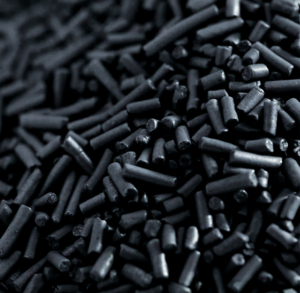
Benefiting from the development of the hydrogen energy industry, the market space for the series of molecular sieves for hydrogen production is vast. Globally, hydrogen energy is regarded as the strategic development direction of future new energy. The series of molecular sieves for hydrogen production currently have significant advantages in efficient and low-cost recovery and purification of high-purity hydrogen from industrial off-gases, and also help equipment users to comprehensively utilize resources and achieve energy conservation and emission reduction goals. It is of great significance to the hydrogen energy strategy, fuel cell new energy vehicles and other clean energy strategies. Currently, China is the world’s largest hydrogen producer, with domestic hydrogen production capacity of approximately 40 million tons per year and output of approximately 33 million tons per year. To achieve the goal of carbon neutrality, the annual demand for hydrogen in China will increase to around 130 million tons by 2060, accounting for 20% of the total energy consumption in the country.
Molecular sieve adsorbents play a crucial role in the refining and petrochemical industries. Currently, the global refining capacity has reached 5.065 billion tons per year, with China’s refining capacity increasing to 910 million tons per year, making it the country with the largest refining capacity globally. The refining process involves separating and transforming mixtures through processes such as fractionation, conversion, and hydrogenation, resulting in products such as gasoline, kerosene, diesel, and lubricating oil. This process includes units like atmospheric and vacuum distillation, catalytic cracking, and hydrocracking. Molecular sieves have become one of the widely used adsorbents in the refining process, being extensively applied in the drying and desulfurization of liquefied petroleum gas (LPG), the drying of naphtha and kerosene, the drying of alkylation feedstock, the drying of refinery gas, the drying and purification of raw materials and regenerated hydrogen, and the removal of chlorine regenerated from the catalyst and the prevention of pipeline freezing and blockage during deep cold processing.
In the petrochemical industry, molecular sieve adsorbents can be used as desiccants to effectively dehydrate materials such as ethylene and styrene, thereby obtaining high-purity chemical raw materials and improving the quality of chemical products. At the same time, molecular sieves can also help remove trace pollutants in numerous process steps and can be used in processes such as sulfur and nitrogen mixtures, oxidation processes, mercury treatment processes, solvent and copolymer monomer treatment processes.
Molecular sieves can effectively remove acidic gases and water vapor from natural gas. Different concentrations of hydrogen sulfide gas formed during the natural formation and extraction of natural gas is a colorless and highly toxic gas; in addition, the natural gas extracted from oil and gas fields contains a certain amount of water. The acidic substances in the natural gas (such as H2S, CO2) combine with water to form an acidic solution, which easily reduces the transmission speed of pipelines and corrodes the pipelines. Therefore, the removal of CO2, H2S, and water vapor is an essential part of the natural gas purification process. The molecular sieve desulfurization method is widely used in current natural gas desulfurization and has a high degree of industrialization. This method is usually used in natural gas with a relatively low sulfur content and is typically combined with the triethylene glycol dehydration and molecular sieve desulfurization process in practical applications to effectively purify natural gas.
The adsorption refrigeration system commonly uses molecular sieve adsorbents. The adsorption refrigeration system has the characteristics of simple structure, no moving parts, low noise, and long service life. It can effectively utilize low-grade thermal energy (such as industrial waste heat, engine exhaust gas, solar energy, etc.), and does not use fluorine-based refrigerants, being environmentally friendly and increasingly receiving attention. The adsorption bed equipped with the adsorbent is the core of the adsorption refrigeration system, and its heat exchange performance has a significant impact on the operating performance of the system. This is because the heat exchange coefficient of the adsorption bed directly affects the heating and cooling rates of the adsorption bed. For the same heat source and cold source temperatures, if the heat exchange performance of the adsorption bed is good, the adsorption tolerance of the adsorption bed will be large, and the refrigeration power will be greater. Therefore, the enhanced heat transfer of the adsorption bed is one of the important contents in the research of adsorption refrigeration. Zeolite molecular sieves are commonly used adsorbents, which can form an adsorption working medium pair with water and ammonia, and will gradually increase as the demand for refrigeration appliances such as air conditioners and refrigerators increases.
Molecular sieves are crucial for the quality and service life of insulating glass. Insulating glass has good heat insulation, sound insulation, and anti-condensation performance. It has been welcomed by the construction industry in recent years. In 2021, the output of insulating glass in China was 159 million square meters, an increase of 8.90%. The desiccant is one of the core components of insulating glass. It is mainly used to keep the air layer inside the insulating glass dry, avoiding fogging inside the insulating glass. Currently, more than 95% of insulating glasses in the world use 3A molecular sieves as desiccants, and their main functions are: (1) adsorbing the moisture in the internal sealed air layer during the production of insulating glass; (2) adsorbing the water that penetrates into the insulating glass through the sealant in the later stage, ensuring that no fogging or frosting occurs during the use of insulating glass, avoiding the failure of insulating glass; (3) combined with other special molecular sieves, adsorbing the volatile components released by the sealant inside the insulating glass to avoid the generation of chemical fog.

